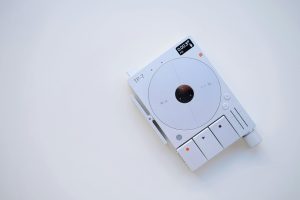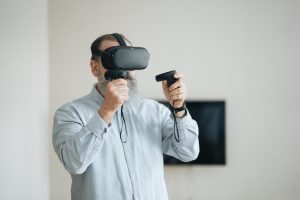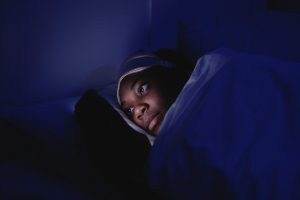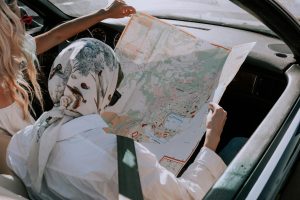Electronics for Real-Time Wildlife Tracking and Study
Real-time wildlife tracking and study has become an essential aspect of conservation efforts around the world. With the advancement of technology, electronics have played a crucial role in making this process more efficient and accurate. From tracking animal movements to studying their behavior, electronic devices have revolutionized the way we understand and monitor wildlife. In this article, we will explore the innovative electronics used for real-time wildlife tracking and study, their capabilities, and the impact they have on conservation efforts.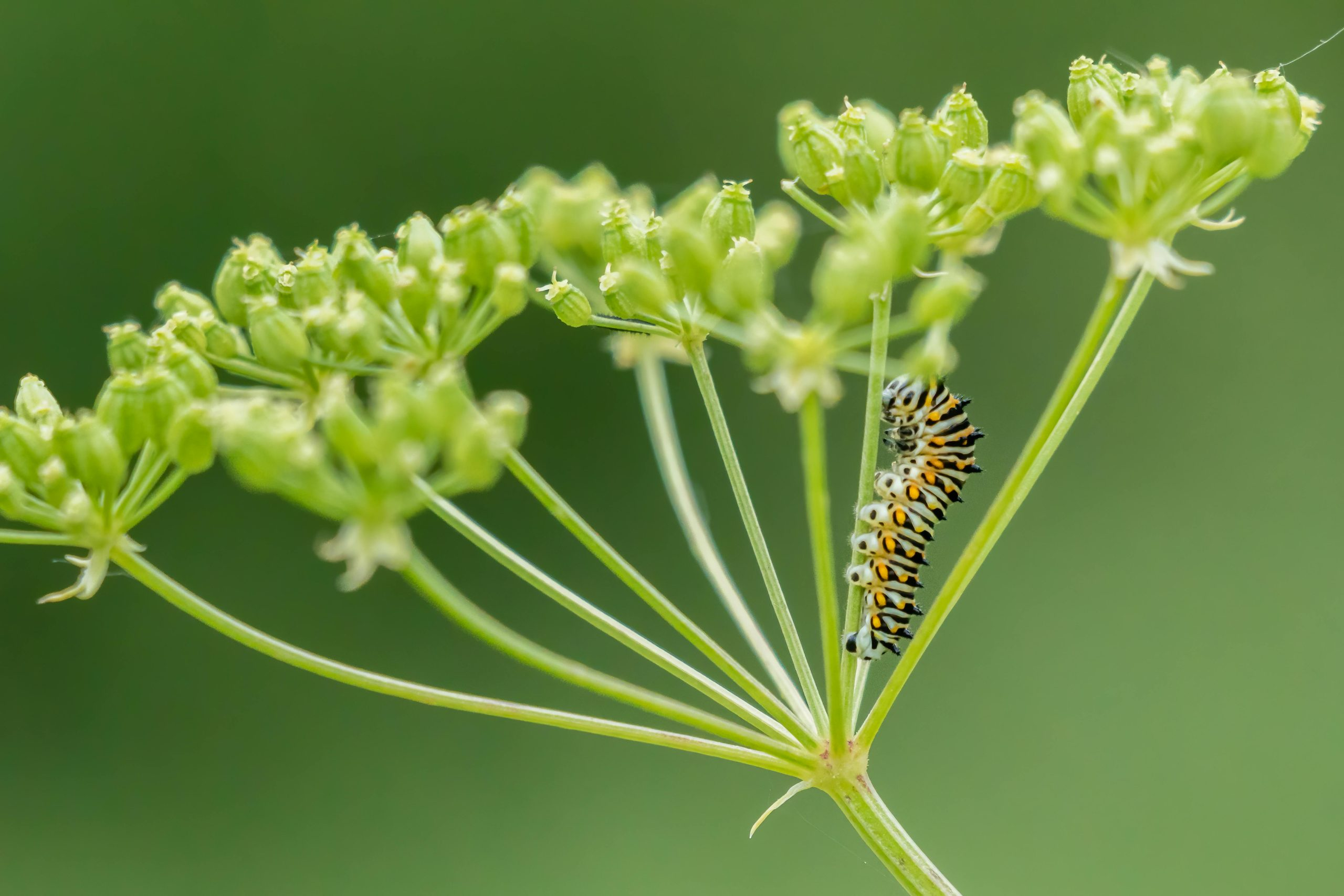
The Role of Electronics in Wildlife Tracking and Study
Before the invention of electronic devices, tracking and studying wildlife was a challenging and time-consuming task. Researchers had to rely on traditional methods such as radio collars and visual observations, which were limited in their capabilities and often provided incomplete data. However, with the introduction of electronics, scientists can now gather real-time data and gain a deeper understanding of wildlife behavior and movements.
GPS Tracking Devices
The most commonly used electronic device for real-time wildlife tracking is GPS (Global Positioning System) collars. These collars use satellite technology to determine the exact location of an animal, which is then transmitted back to the researcher’s computer via a satellite or radio signal. GPS tracking devices have revolutionized conservation efforts by providing accurate and continuous data on an animal’s movements, feeding habits, and habitat use. This information is crucial in identifying migration patterns, potential threats, and creating effective management plans.
Camera Traps
Another popular electronic device used for real-time wildlife tracking and study is the camera trap. These devices use motion sensors to capture images or videos of animals as they pass by. Not only do they provide visual evidence of animal presence in a particular area, but they also offer valuable insights into their behavior and interactions with other species. Camera traps can operate 24/7 and in remote locations, making them an essential tool for studying wildlife behavior without human interference.
Satellite Imagery
Satellite imagery is a powerful tool that has greatly enhanced the monitoring and study of wildlife. With advanced sensors and cameras, researchers can now gather detailed information about an animal’s habitat, migration patterns, and even health status. This technology has been crucial in tracking endangered species and their habitats, identifying potential threats, and assessing the impact of climate change on wildlife populations.
The Impact of Electronics on Conservation Efforts
The use of electronics in real-time wildlife tracking and study has greatly improved our understanding of the natural world and informed conservation efforts. By providing accurate and continuous data, researchers can now make informed decisions and develop effective management plans to protect endangered species and their habitats. These devices have also helped in detecting illegal activities such as poaching and wildlife trafficking.
Besides aiding conservation efforts, electronic devices have also increased public awareness of wildlife conservation. With the rise of social media and live tracking platforms, people can now follow the movements and behaviors of their favorite animals in real-time. This has fostered a deeper connection between people and wildlife, promoting a sense of responsibility and involvement in conservation efforts.
In Conclusion
The use of electronics for real-time wildlife tracking and study has revolutionized the way we understand and protect wildlife. With devices such as GPS collars, camera traps, and satellite imagery, researchers can gather accurate and continuous data, which is crucial in making informed decisions and developing effective management plans. As technology continues to advance, we can expect even more innovative and efficient devices to aid in conservation efforts and safeguard the diverse and magnificent wildlife inhabiting our planet.


